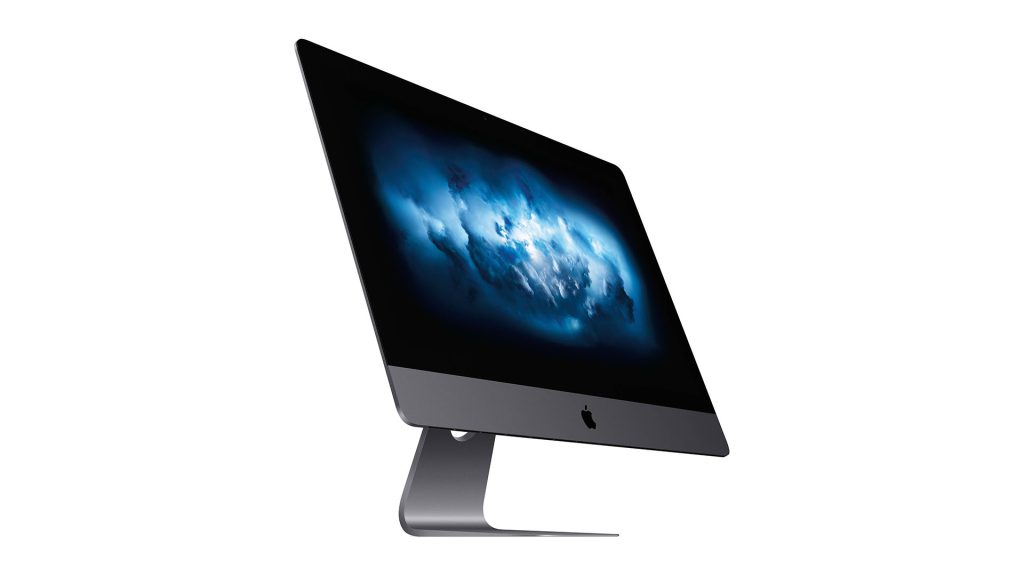As of December last year, the iMac Pro has reached its seventh anniversary, highlighting a considerable absence of updates for this model. With Apple’s transition to Silicon starting in 2020, many anticipated a refresh of the all-screen workstation. However, recent reports suggest Apple is taking a different direction, focusing on a larger iMac that will deliver similar capabilities at a lower price point.
New Larger iMac Set to Replace iMac Pro
Bloomberg’s Mark Gurman recently shared insights in his ‘Power On’ newsletter that suggest Apple is working on an iMac with a bigger screen. While he did not confirm the discontinuation of the iMac Pro, the development of a larger iMac, especially one to succeed the 27-inch Intel-powered workstation, implies that updating the iMac Pro might not be on Apple’s agenda.
Economic Considerations for Apple
The pricing strategy for the iMac Pro could explain Apple’s hesitation to introduce a newer model. When the iMac Pro was still available, its starting price was around $4,999. In contrast, the new M4 version of the iMac equipped with a 10-core CPU, 10-core GPU, 16GB of unified RAM, and a 512GB SSD is currently available for approximately $1,549.99, thanks to a recent discount. The performance of this M4-equipped iMac significantly surpasses that of the iMac Pro at a much more attractive price, making it an appealing option for consumers.
Performance Benchmarking with M-Series Chips
If Apple were to launch a modernized iMac Pro utilizing M-series silicon, it would likely require the M4 Max or M4 Ultra chip to distinguish itself from the existing Mac lineup. However, the M4 Max is already implemented in the latest 14-inch and 16-inch MacBook Pro models and will soon feature in potential updates to the Mac Studio, which could offer configurations with the M4 Ultra.
Shift Towards a Broader Market Strategy
Apple’s current direction seems to be aimed more at catering to a wider audience rather than focusing solely on high-end consumers. This strategy is reflected in their broader range of products being priced more affordably than previous offerings. Additionally, this shift in focus may also explain why Apple does not prioritize founding an updated Pro Display XDR.

